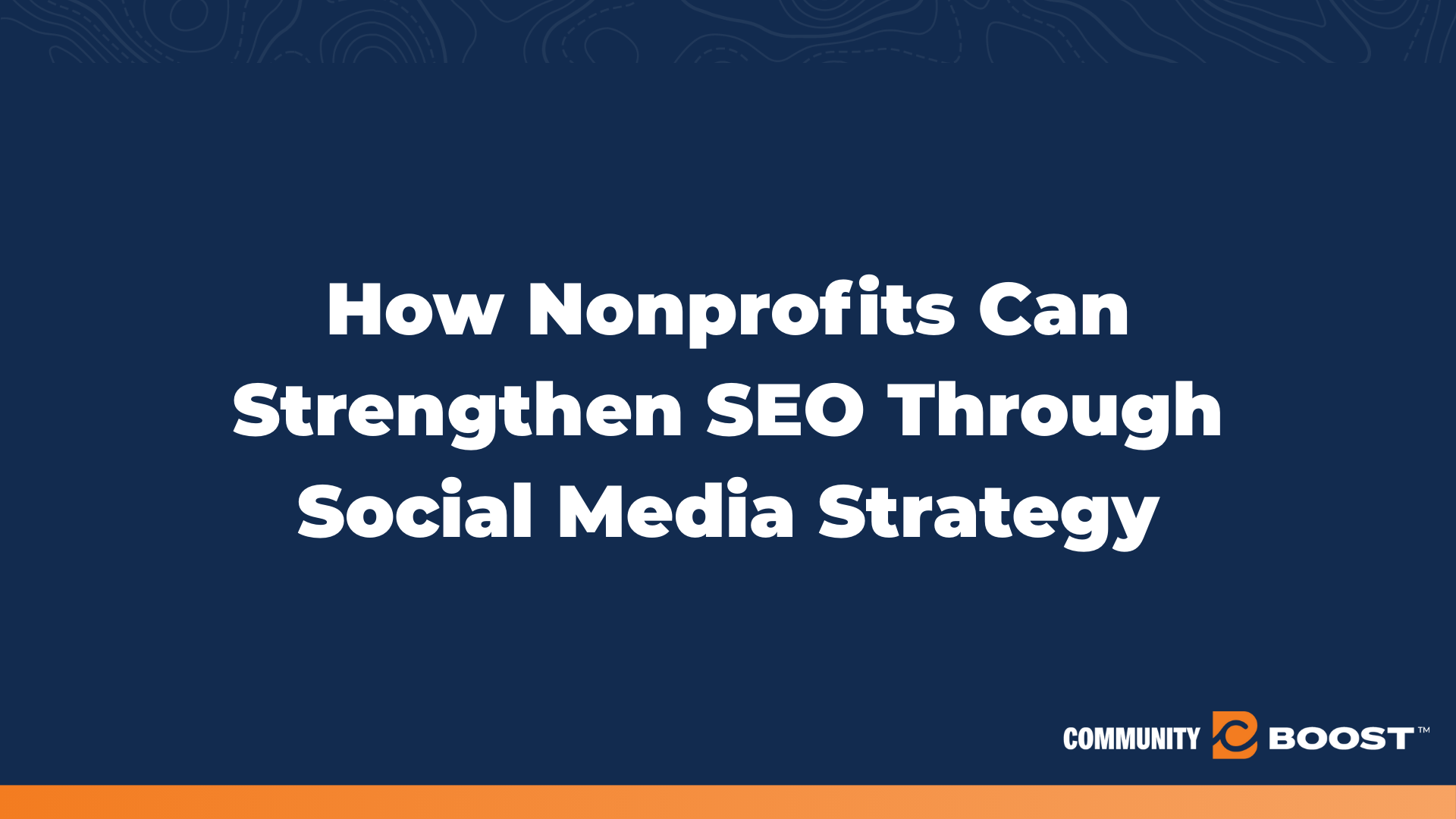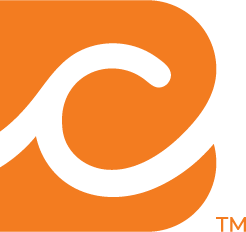Facebook Reach vs. Impressions: What’s The Difference?
3 min to read ✭
Measuring impressions and reach on your nonprofit’s social media will help you gauge how your content is resonating with your audience. However, while the two touch on similar concepts, impressions, and reach are not measures of the same thing. This article will help break down Facebook reach vs impressions and show you the difference between the two!
What is a Facebook Impression?

Impressions on Facebook tell you how many times your content was displayed on a screen. For example, if your ad was displayed on one user’s phone screen, then again when the same user browsed Facebook on their desktop, both of those instances would be counted as an impression.
Facebook impressions are not a measure of how many people click on your ad, nor does it measure what they do with it after it is displayed. Instead, impressions are used as a general insight of how many times Facebook, or whichever other social platforms you’re running ads on, shows your content on any device.
Learn How to Make Instagram and Facebook Ads Work for Your NonProfit
What Does Reach Mean On Facebook?
Reach refers to the total number of individual, or unique, users who saw your ad or content. There are three types of reach measured on Facebook; organic reach, paid reach, and viral reach.

Types of Reach on Facebook
What is Facebook’s organic reach?
Organic reach is a measure of how many people saw your content for free, or organically, in their Facebook newsfeed. For example, if your free post was viewed by a user when scrolling through their timeline, that would be counted as organic reach, since it was not a paid posting.
What is Facebook’s paid reach?
Paid reach is a measure of the number of people who saw a piece of content that you promoted, or paid for, like an ad. An example would be if you paid to promote a posting, each unique user who saw your post as a result of the paid boost would be counted as paid reach.
What is viral reach on Facebook?
Viral reach measures how many people saw your content after one of their friends interacted with it. For example, if Abby likes one of your posts, each of Abby’s friends who saw you post on their feed as a result of that interaction would be counted as viral reach.
Organic vs. paid vs. viral reach
To better understand the differences between these three types of reach, consider the following scenario. Someone who “likes” your nonprofit’s Facebook page is likely to see what you post organically because this person chose to follow you. Thus, your posts will naturally appear on their newsfeed. On the other hand, people who don’t follow your page, but who follow a similar Facebook page make a good target audience for your ads. So, when you run an ad to target this said audience, paid reach will measure the number of people who see your promoted, or paid, content. Finally, say someone comments on one of your nonprofit’s posts on Facebook. This person’s friends might now see your post simply because their friend commented, making this an example of viral reach.
So, What’s the Difference?
Reach is about how many individual people see your content at least once—it tells you how many unique eyes are on your post. Impressions, on the other hand, count every time your content is shown, including when the same person sees it multiple times. So, reach shows how many people see it, while impressions show how many times it’s displayed.
Why Track Reach and Impressions Over Time?
Tracking reach and impressions over time can give nonprofits a big-picture view of how their content is performing. When you follow these metrics weekly or monthly, it’s easier to spot trends in audience engagement and see what’s resonating with your followers. By keeping an eye on these patterns, your team can fine-tune your strategy, post timing, and content to better engage supporters and grow your audience.
Understanding Page Views: Beyond Reach and Impressions
While reach and impressions help track the visibility of individual posts, page views give insights into how many times people visit your Facebook Page as a whole. Unlike reach, which counts unique viewers, page views include repeated visits by the same person, so they offer a sense of how often users return to explore more content. By comparing page views with reach and impressions, you can understand not only how well individual posts are performing but also how engaging your overall Facebook Page is for visitors.
Quick Tips to Improve Facebook Reach and Impressions
- Post at Optimal Times: Share content when your audience is most active to increase visibility.
- Use Engaging Content: Eye-catching visuals, compelling stories, and clear calls to action encourage more engagement.
- Consider Boosting Popular Posts: If a post is already performing well, boosting it can help extend its reach and get more impressions.
For a more in dept guide on the types of Facebook Ads your nonprofit should be using visit our dedicated blog.
What’s More Important to Measure?
Ultimately, focusing more on Facebook reach vs Facebook impressions should be dependent on what your organization’s goals are. You might want to track impressions if you are worried about overwhelming users with your content, as, again, this measures how many times your ad is displayed on a screen. Measuring Facebook impressions can also help you to see if there is anything wrong with the framing or content of your ad, because if there are no impressions, that means that it’s not being displayed at all. So, you can look at this to also see if you need to revise anything within your ad. However, focusing on reach can also help you to further understand if your content is resonating with your audience. If your ad has reached a lot of people but hasn’t led to any conversions, take this as a note to revise something within your content or within how you are framing the ad itself. With all that being said, both reach and impressions go well hand-in-hand as they are metrics of two very distinct activities. Monitoring both metrics will help you understand how your ads are performing and the quality of your content.
How to Track Facebook Ads Impressions and Reach
Tracking impressions and reach for your Facebook Ads can help you see how effectively your campaigns are connecting with audiences. To monitor these metrics, head to Facebook Ads Manager, where you’ll find detailed reports on reach and impressions. In Ads Manager, you can set custom date ranges, compare results over time, and even break down metrics by factors like age, location, and device type. This data makes it easy to adjust your strategy and ensure your ads are making an impact.
Ready to take your nonprofit’s social media reach to the next level? Check out our Facebook and Instagram ad services. Let Community Boost help you amplify your impact and connect with more supporters!





4 Comments
https://judislot88.wordpress.com/, on June 30, 2020 at 6:24 pm
When some one searches for his necessary thing, thus he/she needs to be available that
in detail, thus that thing is maintained over here.
Lensastreaming, on July 1, 2020 at 9:12 am
Hi, I do think this is a great web site. I stumbledupon it I am
I am
going to return yet again since I bookmarked it. Money and freedom is
the best way to change, may you be rich and continue to help others.
maha168.com, on July 2, 2020 at 6:58 pm
I was able to find good advice from your blog articles.
maha168, on July 3, 2020 at 6:53 am
Hey! I realize this is somewhat off-topic however I needed to ask.
Does operating a well-established blog like yours require a lot
of work? I’m brand new to running a blog however I do write in my journal daily.
I’d like to start a blog so I can share my experience and feelings online.
Please let me know if you have any ideas or tips for brand new aspiring blog owners.
Appreciate it!